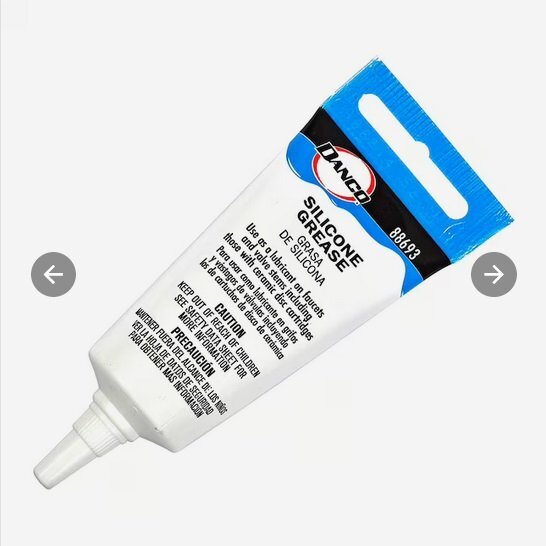

LongLine
Professional-
Posts
3,873 -
Joined
-
Last visited
About LongLine
- Birthday 01/16/1951
Profile Information
-
Gender
Male
-
Location
ROCHESTER NY
-
Interests
FISHING
-
Home Port
Genny
-
Boat Name
LongLine
Recent Profile Visitors
15,093 profile views
LongLine's Achievements
148
Reputation
-
-
-
Yahoo & The Weather Network posted an article about reporting any "weird" things that people observe during the eclipse and they're asking people to report events. The site is eclipsesoundscapes.org. ) NOT an April Fool's Day joke) Apparently started by the Boston Society of Natural History years ago and has some NASA sponsorship. So, if you notice bees returning to their hives; bats flying around; racoon coming out; crickets chirping; squirrels hiding; wind changes; etc. they encourage you to report it. Sounds like a pretty neat thing to keep an eye on.
-
Also use cable. No reason to chamge.
-
I'll be sitting on my back porch & should get a perfect view as neighbor cut down that tree. There's no way I'd go to a park or be on the water. People are generally nuts during the full moon so I can't imagine what they'll be like during a total eclipse! If cloudy, which Rochester generally is, it should go totally dark. Will be interesting to see if the street/expressway lights come on.
-
If you've filled the boat and have drips coming out of the end of a runner, then it sounds like a hole under the runner. I'd pull the floorboards and check that area really well.
-

3 rod brown trout set up
LongLine replied to greenhornet73's topic in Questions About Trout & Salmon Trolling?
When fishing solo, size of boat and how you control/steer your boat is a factor. Can you lock your wheel? Auto pilot? A single planner to one side will tend to turn your boat in that direction. -
Steering is the biggest problem when going solo. I assume you have a smaller boat with manual steering. Only using 1 planner and to a smaller extent, one dipsey will pull you boat to that side. Best to run a pair to balance things out. Going solo 99% of the time I used 2 riggers most of time.
-
Years ago, I had a 21 ft PennYann that weighed roughly 4K Lbs on a tandem axle roller trailer. I was dumb enough to go fishing at the river in early November. (River ramp real steep with shallow water) I had a steel cable on the winch. Upon retrieval, I got it roughly 3/4 of the way on the trailer and the cable snapped. Pulled bow line right out of my hand. Boat went back out in the river about 25 ft from end of dock. Nobody else around so had to take the winter suit/boots off and go swimming. Colder than all get out! Got rid of that beast the following year. (for other reasons) My current smaller boat (18 ft;r) has a trailer that is half roller & half bunk. (Rollers on keel & at transom) It's never been a problem launching or retrieving.
-
-
-
-
Funny how some want govt vehemently out of their lives and yet so quickly change their tune when things aren't going their way. Yes, ecosystem is fragile. Mussels changed things. Takes years to recover, but recovery is happening. Areas of Concern are being cleaned up. Polution laws have gotten stricter. (no thanks to a certain political party) Bass are getting larger. Alewives seem to be coming back. Sturgeon are coming back. Hatcheries are getting more than enough eggs. Natural Repro is occuring. Bass tournaments have grown but weigh ins are more and more requiring live weigh ins. (Most Bass boats have live wells. ) If enough aren't "plucked out", the result is stunted fish. Problem I see is that not enough guys report violations that they witness.
-













